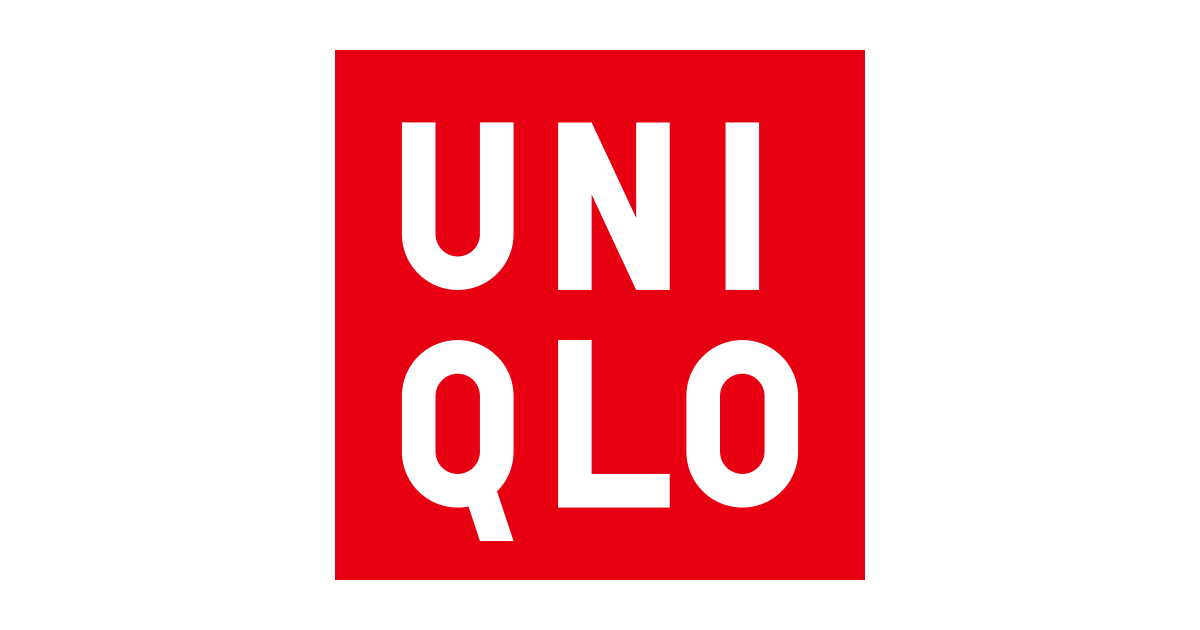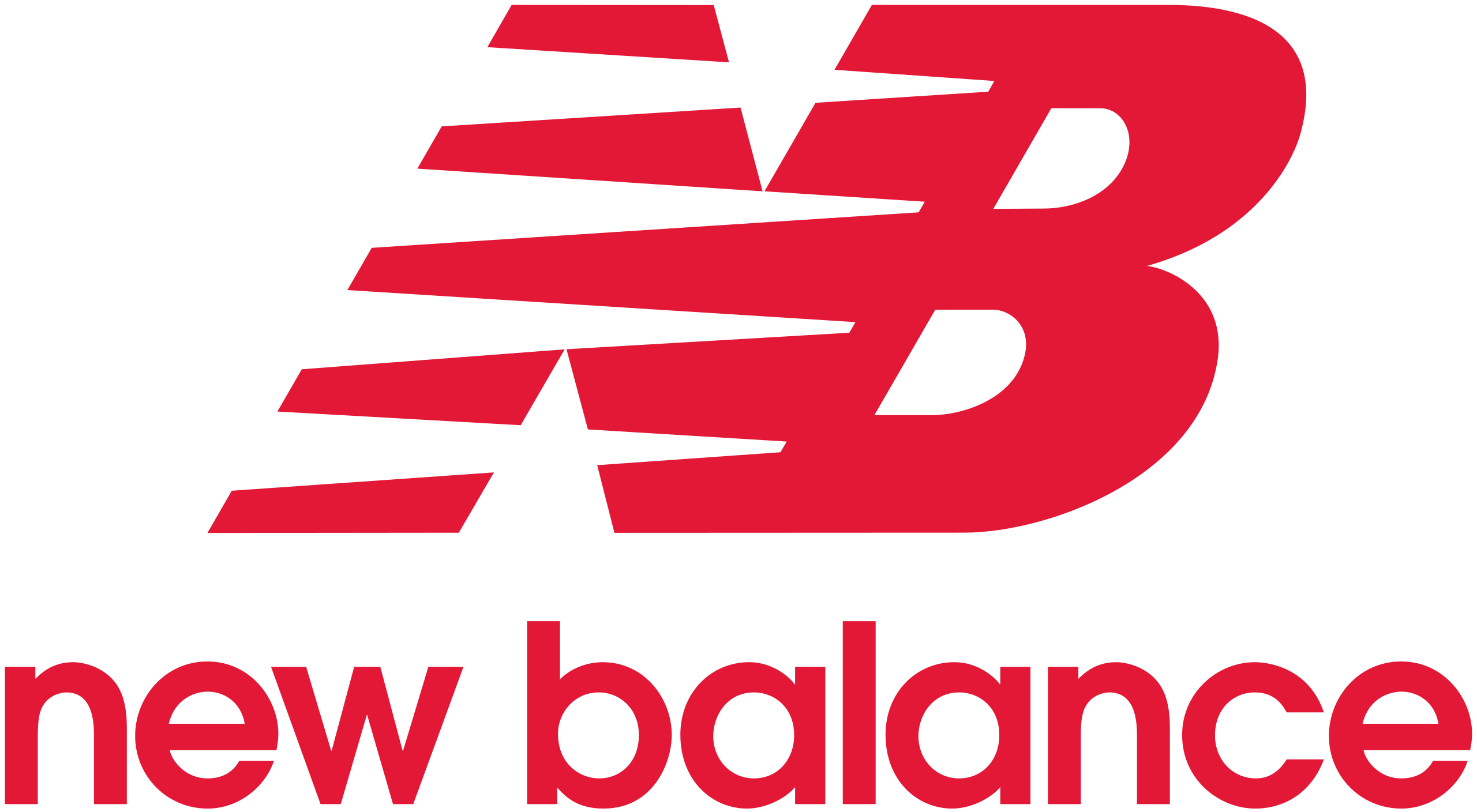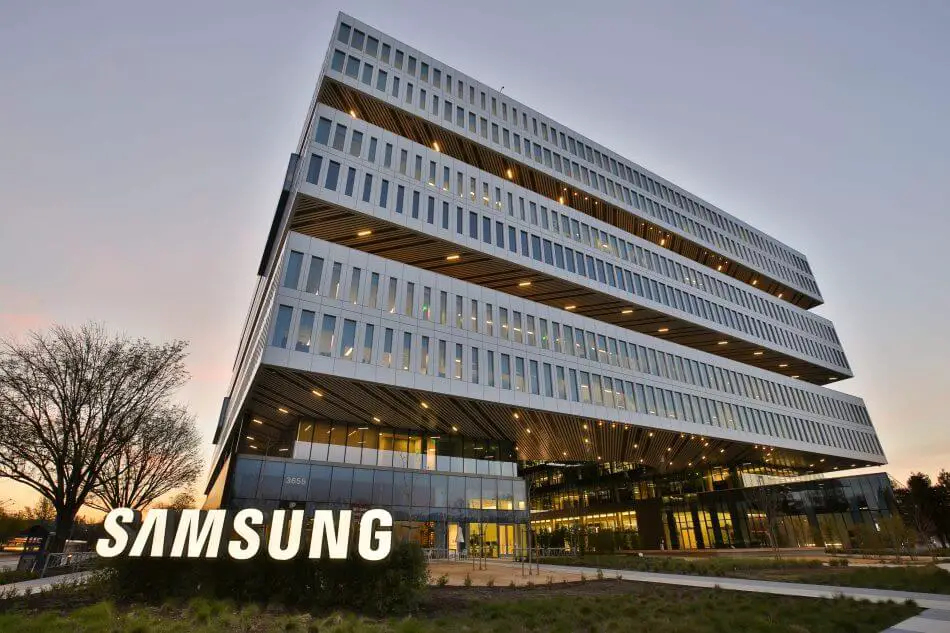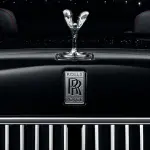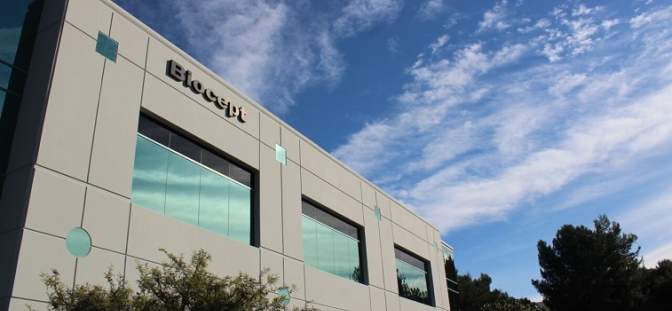Subaru Mission and Vision Statement Analysis
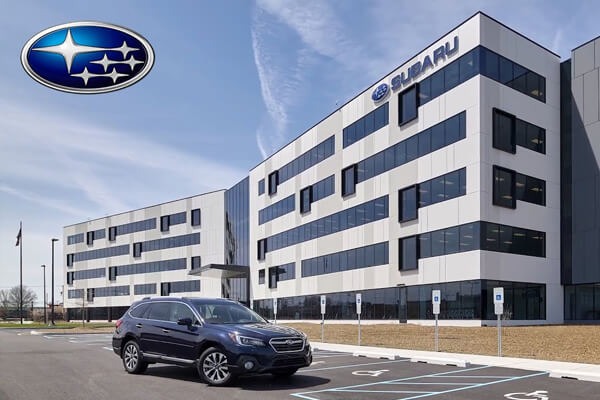
Subaru’s mission statement is “We will strive to create advanced technology on an ongoing basis and provide consumers with distinctive products with the highest level of quality and customer satisfaction. We will aim to continuously promote harmony between people, society, and the environment while contributing to the prosperity of society. We will look to the future with a global perspective and aim to foster a vibrant, progressive company.” The statement highlights the major differences the company looks to make in the sector, with an emphasis on the quality of its production. It has the following key points:
- Improving communities
- Exceeding expectations
In the first point of this mission statement, Subaru shows that everything the company does comes down to one important purpose – to positively impact the societies. That is why the company emphasizes on quality of the products it produces. It also goes on to incorporate other social empowerment initiatives that bring technological advancement to all its motor concepts with environmental sustainability in mind. This agrees with the second point that shows how dynamic, yet reliable Subaru has been ever since 1953. The company has surprised its customers with its capacity to bring motor features and performance like no other yet maintain unique aesthetic appeals that give the brand identity.
Introduction
Subaru mission and vision statements are a reflection of the commitment of the company to quality, safety, and class in all its automobiles. The company has secured itself a loyal market in the motor vehicle industry owing to its branding and market targeting. In fact, the company has become a major competitor when it comes to capturing clients from all social classes courtesy of the comprehensiveness of its mission and vision statements.
Just like a corporate vision statement sets the future of a company, Subaru Corporation sees itself as a future leader in the automobile industry. On the other hand, a corporate mission statement brings to light the strategies that propel a company to its vision, and Subaru highlights the critical operations and minimum standards that characterize the firm. The core values of this company are also critical in its developmental path as they create a supportive culture within the organization. In fact, they work together with the mission and vision statements to give Subaru the reputation it enjoys.
Vision Statement
Subaru Corporation is yet to give an official vision statement. However, that does not mean the company has no vision. In any case, this is very clear in the philosophy and the historical accounts and the story of the company. Subaru vision agrees with its statement that it looks to be known for “cars that create richer, more enjoyable lives, pursuing the essence of enjoyment and peace of mind, winning hearts by anticipating needs and wants, building trust by inspiring confidence, this is how Subaru evolves to meet the future.” This is exactly what its vision is all about.
Core Values
Subaru’s core values comprise “equity, diversity, and inclusion.” These are the principles that guide the company to what it is today.
core values comprise “equity, diversity, and inclusion.” These are the principles that guide the company to what it is today.
The stability and consistent growth at Subaru come from the concept of everyone valuing each other in such a way that they respect the contributions of all. In fact, these values enable the company to see strength in the differences and this stimulates its innovativeness and development.
References
- Bernthal, P. R., & Wellins, R. S. (2001). Retaining talent: A benchmarking study. HR Benchmark Group, 2(3), 1-28.
- Creel, T. S. (2010). Environmental reporting practices of the largest US companies. Management Accounting Quarterly, 12(1), 13-13.
- Fréry, F. (2006). The fundamental dimensions of strategy. MIT Sloan management review, 48(1), 71.
- Ghosn, C. (2002). Saving the business without losing the company. Harvard Business Review, 80(1), 37-45.
- Habidin, N. F., Salleh, M. I., Md Latip, N. A., Azman, M. N. A., & Mohd Fuzi, N. (2016). Lean six sigma performance improvement tool for automotive suppliers. Journal of Industrial and Production Engineering, 33(4), 215-235.
- Ireland, R. D., & Hitt, M. A. (1992). Mission statements: Importance, challenge, and recommendations for development. Business Horizons, 35(3), 34-43.
- Leuthesser, L., & Kohli, C. (1997). Corporate identity: The role of mission statements. Business Horizons, 40(3), 59-66.
- Pearce, J. A., & David, F. (1987). Corporate mission statements: The bottom line. Academy of Management Perspectives, 1(2), 109-115.
- Robinson, A. G., & Schroeder, D. M. (2009). The role of front-line ideas in lean performance improvement. Quality Management Journal, 16(4), 27-40.
- Shafer, S. M., Smith, H. J., & Linder, J. C. (2005). The power of business models. Business Horizons, 48(3), 199-207.
- Subaru – About.


